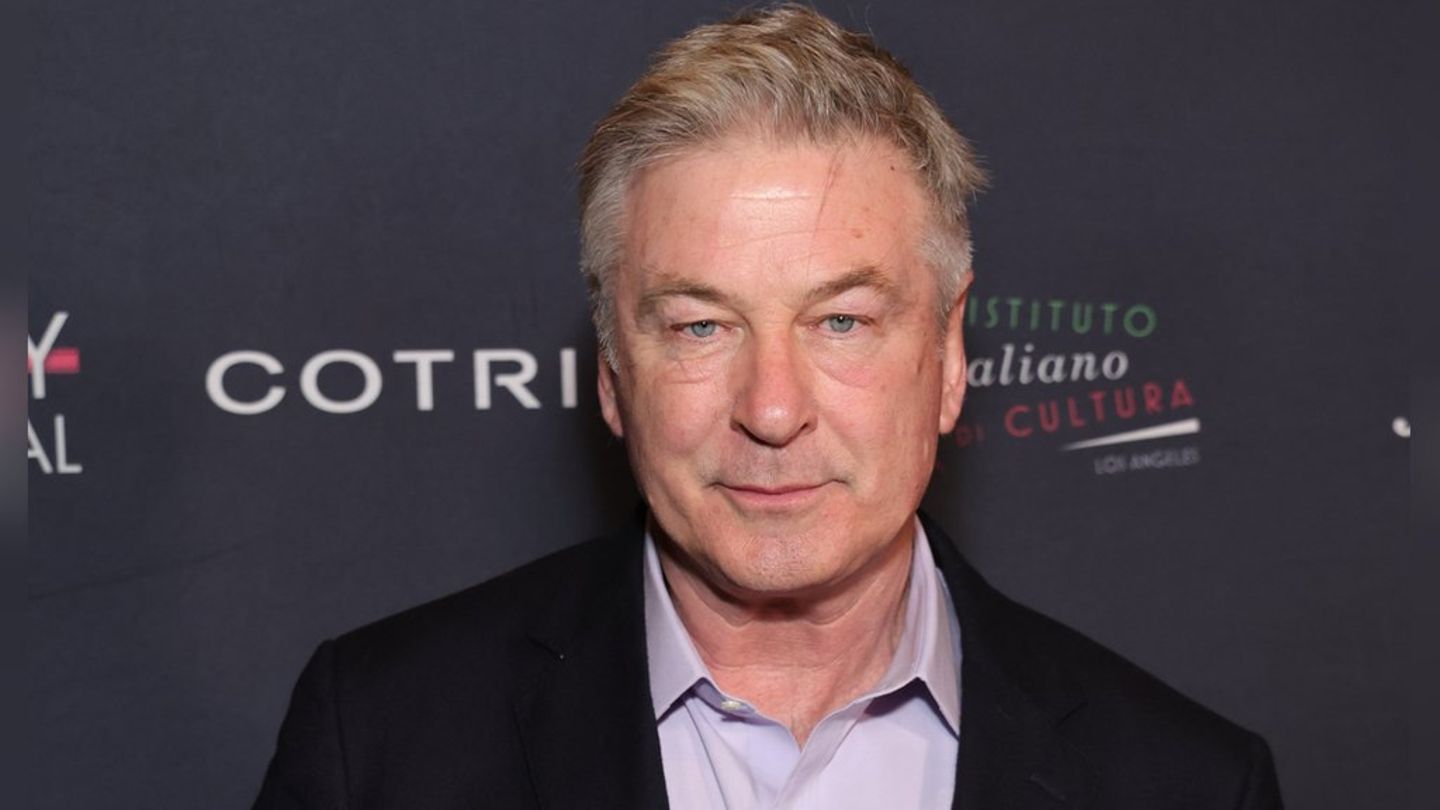In order to stabilize the oil price, the OPEC+ producing countries want to maintain production cuts. According to analysts, demand for oil is weaker than expected, but will increase.
Oil-producing countries in the OPEC+ group are continuing to pursue a restrictive production policy. The production restrictions of two million barrels (159 liters each) per day that have been in place since November 2022 are to be extended until the end of 2025, with the exception of a small increase for the United Arab Emirates, the states announced after consultations.
According to these figures, total production amounts to 39.7 million barrels (159 liters each) per day. The OPEC+ group includes the major oil producers Saudi Arabia and Russia, but not the world’s largest producer by far, the USA. The measures are intended to support the oil price.
According to the organization, 8 of the 20 OPEC+ countries also decided to extend their voluntary production cut of 1.65 million barrels per day, decided in April 2023, until the end of next year. These include Russia and Saudi Arabia. Another voluntary restriction of 2.2 million barrels per day, which had been in place since November 2023, was extended until the end of September this year. This production restriction is to be lifted on a monthly basis until September 2025.
The result basically met analysts’ expectations. According to the International Energy Agency (IEA), global demand for oil is weaker than previously thought. The weak industrial economy and a mild winter have dampened oil consumption, particularly in Europe, where the declining share of diesel vehicles is also reducing consumption, the IEA said in mid-May. But the agency expects demand to rise over the rest of the year.
The Saudi-dominated Organization of Petroleum Exporting Countries (OPEC) in Vienna has been cooperating with other producing countries under the leadership of Russia since 2017 to control global supply and thus prices. Together they are known as OPEC+. Of the 102 million barrels of oil produced worldwide every day in the first quarter of this year, around 40 percent came from OPEC+.
The meeting took place in Riyadh. Some participants joined online.
Source: Stern




